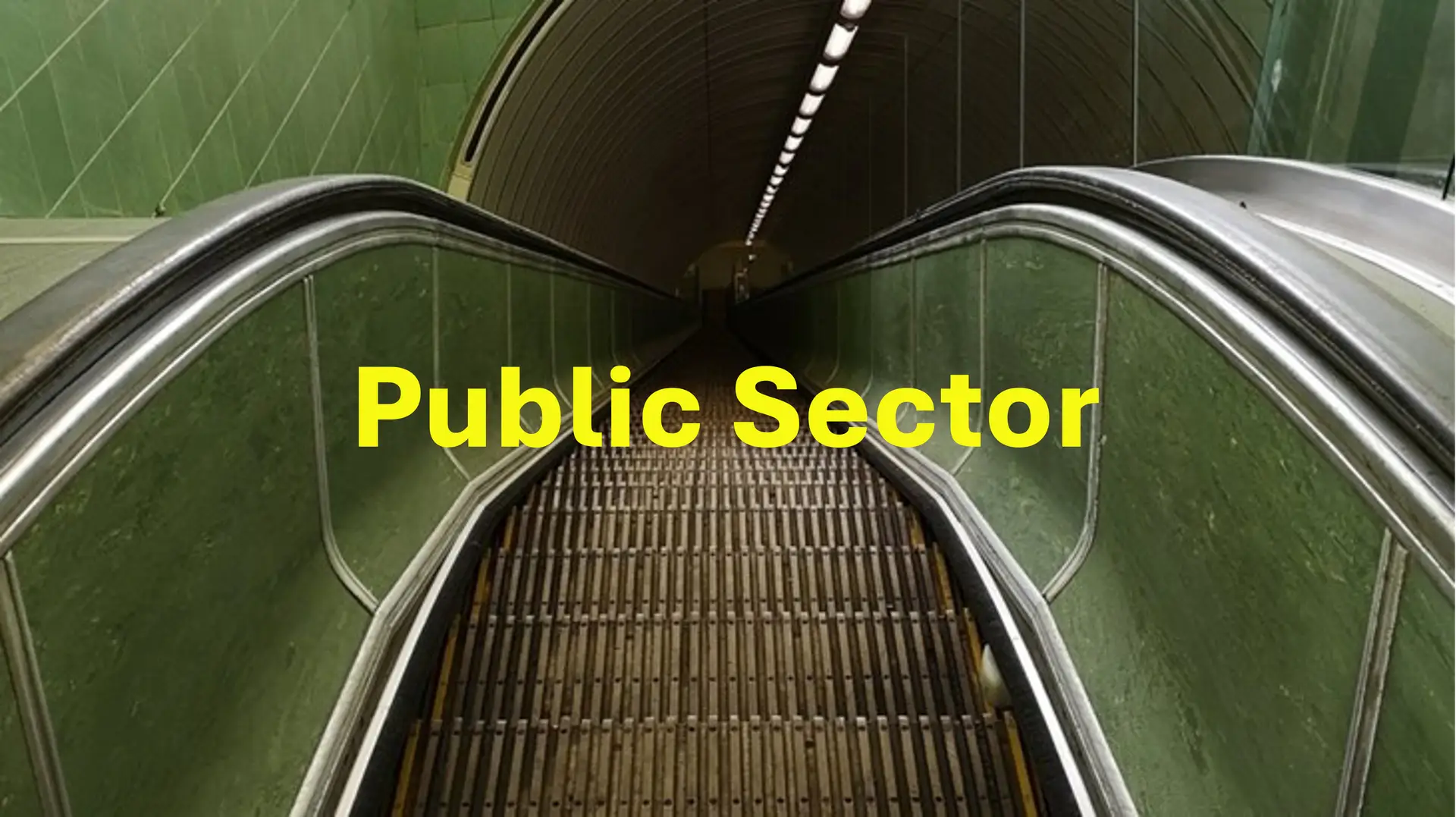Public Sector
Our Portfolio
We undertake removal activities for a range of public sector clients with a wide and varied portfolio, some of which have listed status. Often operating as the lead contractor on site, our clients entrust us with their specialist work thanks to our wealth of experience and proven track record.
Better Barnsley
The work
Client: Barnsley Metropolitan Council.
Services delivered: Principal Contractor, Asbestos Removal, Soft Strip Demolition, Pigeon Guano Removal.
Location: Barnsley, South Yorkshire.
The regeneration of Barnsley town centre, named the Better Barnsley Regeneration Project, is a £120m scheme that includes a range of new shops, restaurants, multiplex cinema and bowling alley, alongside a brand new home for Barnsley’s historic markets, a cutting edge central library and community leisure space.
In advance of this major regeneration scheme, we were instructed by Barnsley Metropolitan Council to undertake controlled soft strip demolition works and remove extensive pigeon guano and AIB boarding throughout the seven storey TEC building, Civic Offices and surrounding shop units. Acting as Principal Contractor, we had total responsibility for services co-ordination, welfare, site security and all participating sub-contractors.
Tyne Tunnel,
Tyne & Wear
The work
Client: North East Combined Authority.
Services delivered: Principal Contractor, Asbestos Removal.
Location: Jarrow, Tyne & Wear
The Tyne Cyclist and Pedestrian Tunnel (TPCT) was Britain’s first purpose built cycling tunnel. It runs beneath the River Tyne between Howdon and Jarrow, and was opened in 1951. This grade II listed tunnel was used by 20,000 people per day. These tunnels included the first purpose built cycle tunnel in the UK and was the first tunnel to be used by both cyclists and pedestrians.
When the TPCT opened, the Waygood-Otis escalators used to access the tunnels were the highest single rise escalators in the world, with a rise of 84ft (26m) and a continuous length of 197ft (60m). Today the escalators are the longest wooden thread escalators in the world. We were appointed as Principal Contractor to undertake major asbestos removal and encapsulation works as part of a larger refurbishment upgrade to the TPCT. Our works comprised of a full decontamination of the tunnel network, escalators, lifts and entrance hubs on both sides of the Tyne.
Civic Hall, Wolverhampton
The work
Client: Wolverhampton Council.
Services delivered: Principal Contractor, Asbestos Removal, Scaffolding.
Location: Wolverhampton, West Midlands.
The Civic Hall is in the heart of the city and has been one of the most notable live music venues in the country for decades. The complex is owned by City of Wolverhampton Council and is a grade II listed building. Our removal works were procured in advance of a £38m refurbishment project to transform the building into a world class venue. The work required new back of house areas, concert venue, offices, bars and tiered seating. Original features were retained and restored to their 1930’s condition.
We were appointed as Principal Contractor to remove sprayed asbestos and debris from internal walls, boiler rooms, balcony ceilings and to both high level loft spaces above the Civic and Wulfrun Halls. Both lofts were accessed by two large birdcage scaffolds installed by ourselves to act as crash decks whilst the works were in progress. Extensive protection was required to the concert hall floors to protect from damage and preserve the buildings listed status.
River Park House, Haringey
The work
Client: Haringey Council.
Services delivered: Principal Contractor, Asbestos Removal.
Location: Wood Green, London.
Built in 1973, River Park House is a tall modern office block and has been home to Haringey Council since 2005. It stands on the corner of the Jolly Butcher’s Hill section of Wood Green High Road and Station Road, opposite Wood Green tube station. In the capacity of Principal Contractor, we were instructed by Haringey Council to undertake remediation works to the fifth, sixth and seventh floors. Under fully controlled conditions, the works involved the soft strip of existing ceilings, lighting and grid, all disposed of as hazardous waste.
The now exposed ceiling void housed ‘versatemp’ units as part of the existing ventilation system. These ‘versatemp’ units were lowered from their fixings, de-gassed and disposed of as hazardous waste together with all associated ductwork and plenum boxes. AIB panels were then removed from the recesses and the ‘strammit’ board ceilings encapsulated. The building remained occupied throughout the works, therefore to avoid further disruption we delivered the project out of hours.
Spode Works,
Stoke-on-Trent
The work
Client: Stoke-On-Trent City Council.
Services delivered: Asbestos Removal.
Location: Stoke-On-Trent, Staffordshire.
Josiah Spode 1 originally acquired the site in 1776 and Spode wares were made there continuously until 2008. In the 19th century it was one of the two largest potteries in Staffordshire boasting some 22 bottle ovens and employing around a thousand people. Now, a new regeneration scheme worth more than £19 million over 15 years has been granted to transform this historic pottery factory into a hub for artists, creating 43 new studios.
To facilitate this, we were instructed by Stoke-On-Trent City Council to remove 2,500m2 of asbestos sprayed coating to the factory ceilings using a multi-point needle injection system and then removing the remaining residues using abrasive shot blasting techniques. This work enabled Spode to house the British Ceramics Biennial, transforming the former production halls into a new 40,000 sq ft exhibition space.
Camden Town Tube Station
The work
Client: Transport for London.
Services delivered: Asbestos Removal, Lead Paint Removal / Decontamination, Reinstatement.
Location: Camden, London.
Opened in 1907, Camden Town is a London Underground station on the Northern Line. It is a major junction for the line, as this is where the Edgware and High Barnet branches merge from the north, and where they split to the south into Bank and Charing Cross branches for the journey through Central London. As a TfL framework contractor, we were engaged to remove and dispose of asbestos cable wrap, durasteel panels and AIB boarding from the disused deep level shelter located beneath the station.
Access into the central core was created by refurbishing the redundant lift operated by asbestos trained lift engineers inside the asbestos enclosure. In addition we removed the lead paint from the central core and staircase, dismantled the double helix spiral staircase, installed a new staircase and, using specialist paint, re-painted the entire area / shaft on completion.
Removing asbestos is particularly dangerous as the fibres become harmful when disturbed and released into the atmosphere. The risk of releasing these dangerous fibres is particularly high without proper training, equipment and control measures. If handled incorrectly and inhaled these fibres can cause serious asbestos related diseases. It can take as little as 10 years and up to 50 years to develop these diseases depending on exposure. Asbestos exposure causes 5,000 deaths every year, vastly more than the number of people killed on UK roads.
Planned and responsive works such as risk assessments, re-inspections, asbestos removal and containment are effectively scheduled and managed. The system digitally deploys compliance checklists and records key data on ACM’s, air testing, waste consignment, exposure rates, H&S, staff training and sustainability. A centralised management dashboard allows multiple sites to be monitored in real time and records of scheduled works are updated instantly.
All our staff are continuously assessed through audit and competency checks carried out by our Compliance Team, Managers and Site Supervisors. This information is gathered to enable us to produce a relevant training needs analysis (TNA) programme delivered using our state of the art training facility, ensuring all individuals’ needs are met.







